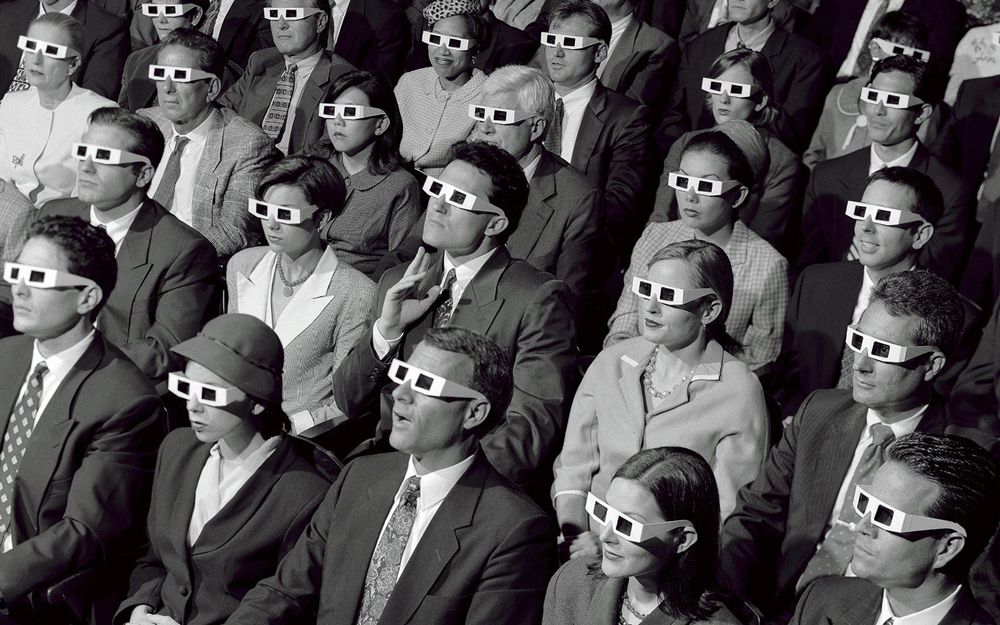A couple of weeks ago, I read about an old-fashioned film theory called photogénie. And I completely disagreed with almost every part of what I was reading. This was because the theory seemed to be linked to the similarly outdated concept of “active” and “passive” audiences.
But apparently there were ideas that resonated and lingered with me. I’ve been contemplating the way that films – and other arts/endeavours too – engender in the viewer an intense appreciation for a shot, or for part of a musical soundtrack, or for an actor’s delivery of a line of dialogue. I’ve mainly been considering this in terms of cinematic visuals.
When I think something looks good in a film, I get an unexplainable wave of appreciation. A sort of increased sensitivity. Some kind of revelation. I guess it could be related to ‘inspiration’, but I’m more talking about an immediate sensory reaction. What are the whereabouts of this feeling? Why can you just ‘feel’ that something on screen is aesthetically pleasing? What makes something photogenic? This is an enormously stumping question for me.
When someone says that a shot ‘does nothing for them’ – or that a particular angle or something ‘does nothing for them’ – they are usually remarking about a coverage choice that makes itself conspicuous by deviating from traditional coverage choices. Something that is obvious because it is a different technique from what audiences are used to. But this is strange because – if you think about it – the traditional way(s) of covering something isn’t ‘neutral’. It isn’t the ‘right’ way. It should be no higher regarded. Yet we see everything else outside of tradition as experimentation. So, if a small experimentation doesn’t work, we revert back to comfortable, ‘basic’ (which is a falsity – it’s not basic) tradition.
Why do traditional coverage style(s) ‘work’ for us? Why aren’t they weird too? Do they actually ‘work’, or are we just fooling ourselves into believing that they work? Have we interrogated tradition properly? Or have we grown blind to it from over-exposure (not the camera kind)? Why are we dismissing alternative experimentations and favouring convention? Why do we use convention as the ‘constant’ or ‘neutral’ for comparing the rest with? Traditional coverage styles are elusive because they stay quiet and don’t flaunt themselves. But can we call for shot equality here? Let’s remove the idea of the ‘neutral’, and interrogate everything as if we are seeing it for the first time. As if it’s an experimentation.
Now that we’ve cleaned that up, I want to return to the mother question. What makes someone deem something artistic as ‘good’ or ‘pretty’ or ‘striking’? What makes something photogenic?
Is it based on a commonality that most of us share – a biological disposition for appreciating certain variations of colours and shapes and movements and forms and textures and pace over other variations? Or is it a matter of individual taste for each unique audience member? Is it an acquired taste? Or is it inherent? Have a majority been conditioned to share a common taste? Or is this dominant taste a result of extensive biological evolution?
What on earth makes something photogenic? I understand that the process of this ‘appreciation’ is neurological. But what triggers this neurological process in the first place? Why do we find certain shots more aesthetically pleasing than others? It’s almost like there is some sort of intangible magic from the screen (or artwork, song, piece of writing) that interacts with our senses and brain. I think this might just be the most mysterious question among all art-oriented questions…
